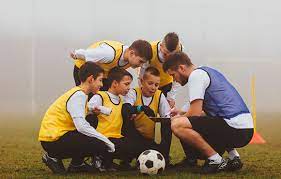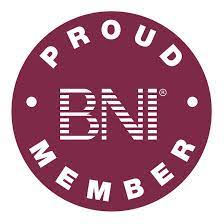Yoga is a mind-body practice that combines physical postures, breathing exercises, and meditation. It has been practiced for centuries for its many benefits, including improved flexibility, strength, balance, and mental focus.
For athletes, yoga can offer a number of additional benefits, including:
- Reduced risk of injury: Yoga can help to improve flexibility and range of motion, which can help to reduce the risk of injuries such as muscle strains and ligament sprains.
- Improved performance: Yoga can help to improve strength, balance, and coordination, which can all contribute to improved athletic performance.
- Enhanced recovery: Yoga can help to speed up recovery from workouts by improving circulation and reducing inflammation.
- Reduced stress: Yoga can help to reduce stress and anxiety, which can improve overall well-being and performance.
- Improved mental focus: Yoga can help to improve mental focus and concentration, which can be helpful for athletes who need to be mentally sharp during competition.
How Yoga Can Benefit Athletes
Yoga can benefit athletes in a number of ways. Here are some of the specific benefits that yoga can offer athletes:
- Improved flexibility: Yoga can help to improve flexibility by stretching the muscles and joints. This can help to reduce the risk of injuries and improve performance.
- Increased strength: Yoga can help to increase strength by strengthening the muscles and bones. This can help athletes to perform better in their sport.
- Improved balance: Yoga can help to improve balance by challenging the body’s equilibrium. This can help athletes to maintain their balance during their sport.
- Enhanced coordination: Yoga can help to improve coordination by requiring the body to move in a coordinated way. This can help athletes to perform their sport more efficiently.
- Reduced stress: Yoga can help to reduce stress by teaching athletes how to relax and focus on the present moment. This can help athletes to perform better under pressure.
- Improved mental focus: Yoga can help to improve mental focus by teaching athletes how to control their thoughts and emotions. This can help athletes to stay focused on the task at hand and perform at their best.
How to Get Started with Yoga for Athletes
If you are an athlete who is interested in trying yoga, there are a few things you should keep in mind. First, it is important to find a yoga class that is appropriate for your fitness level. If you are new to yoga, you should start with a beginner’s class.
Second, it is important to listen to your body and not push yourself too hard. Yoga is a gentle practice, and you should not do anything that causes pain.
Third, it is important to be patient. Yoga takes time and practice to master. Do not get discouraged if you do not see results immediately.
Conclusion
Yoga is a great way for athletes to improve their flexibility, strength, balance, and mental focus. It can also help to reduce stress and improve recovery. If you are an athlete who is looking for a way to improve your performance, yoga is a great option.
Keywords: benefits of yoga for athletes, yoga, athletes, flexibility, strength, balance, mental focus, reduced stress, improved recovery
















